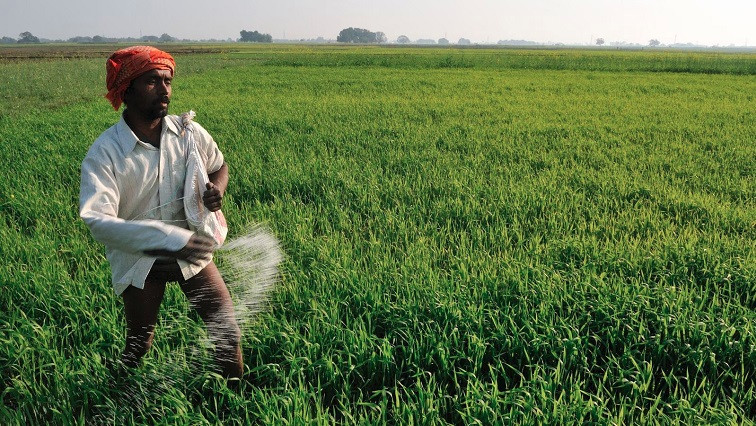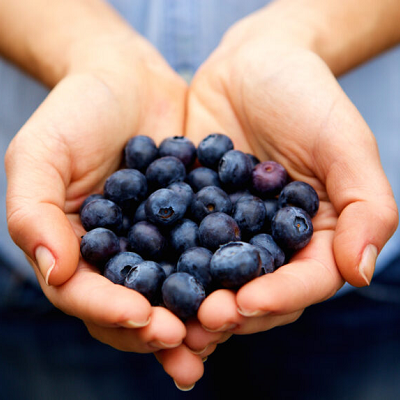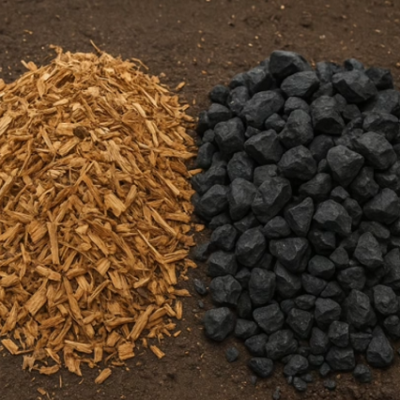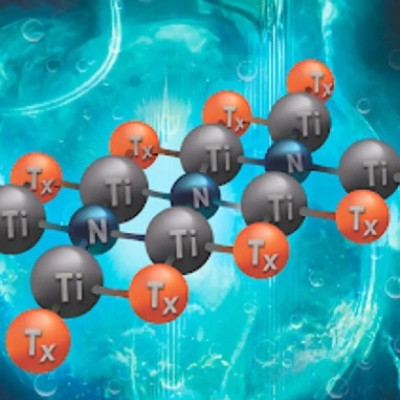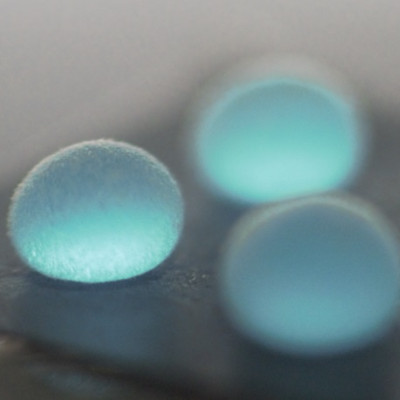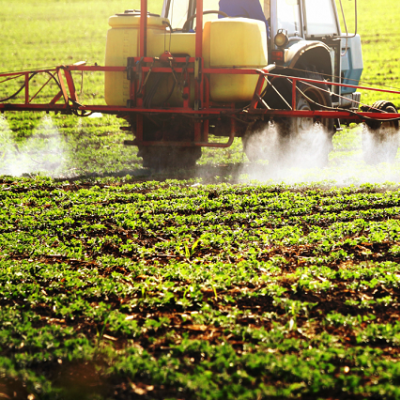The Centre is trying to cut dependency on imported urea by replacing it with the locally produced nano urea fertilizers by 2025. As part of the plan, about 8.5 million tonnes (mt) of urea would be replaced with 170 million bottles of nano urea.
“Achieving 100% replacement of urea with nano-urea by 2025 may not be possible as farmers have their own pace. However, we are certain that 25% replacement will be done by the set time. This will save around ₹15,000-20,000 crore on imports annually, but we also need to take gas prices into consideration," Singhal said in an interview.
If 25% replacement achieved, the production of indigenous local urea containing nanoparticles of urea or nano urea would be 5 million tonnes by 2025.
Gas prices have shot up in due to the Russia-Ukraine war and 80% of the gas is used as feedstock for fertilizer.
Last November, fertilizer minister Mansukh Mandaviya said that five plants would be commissioned to produce 6.5 mt urea each year.
In 2021-22 (April-March), urea production in India was a little over 26 million tonnes, and the annual consumption of the fertilizer is 3.5 million tonnes.
India, the top importer of the crop nutrient, currently meets 30% of its demand for urea through imports from countries such as Oman, Qatar, Saudi Arabia and the UAE.
India spent $5.1 billion to import 8.1 million tonnes urea in 2022-23 (April-January) against 10.2 million tonnes at $6.5 billion in FY22.
The government has earmarked ₹1.75 trillion for fertilizer subsidy in the FY24 budget compared with ₹2.25 trillion in the revised estimate of 2022-23.
“This year, the allocated fund under fertiliser subsidy is seen to be sufficient because of lower raw material cost in the global markets. If we require additional funds, we will get it allocated as farmers and fertilizers are the priority of the government," Singhal said.
Additionally, the dependency on imports and burden on subsidy bill is expected to come down on year due to the addition of new products such as organic manure and Di-ammonium Phosphate (DAP). These are seen to substitute conventional fertilisers, he added.
India, Asia’s third largest economy, requires crop nutrients to feed its huge agriculture sector that employs about 60% of the country’s workforce and accounts for 15% of nearly $3 trillion economy. Urea accounts for about 70% of India’s overall fertiliser subsidy.
The fertiliser department is yet to go to the cabinet for the approval of PM promotion of alternative nutrients for agriculture management scheme (PM PRANAM). Once approved by the cabinet, the scheme will encourage the balanced use of fertilisers in conjunction with biofertilisers and organic fertilisers.
It also aims to bring down the subsidy burden on chemical fertilisers. The scheme will have no separate budget and will be financed through the savings of existing fertiliser subsidy under the fertilisers department’s schemes. 50% of the subsidy savings will be passed on as a grant to the state.
70% of the grant provided under the scheme can be used for asset creation associated with the technological adoption of alternate fertilisers and alternate fertiliser production units at the village, block and district levels, and the remaining 30% grant money would be spent for rewarding and encouraging farmers, panchayats, farmer producer organisations (FPOs) and self-help groups to create awareness about reduction of chemical fertiliser use.
In future, the government might come up with the idea of nano Muriate of potash (MOP), the fertiliser secretary said.
Read the original article on Live Mint.

